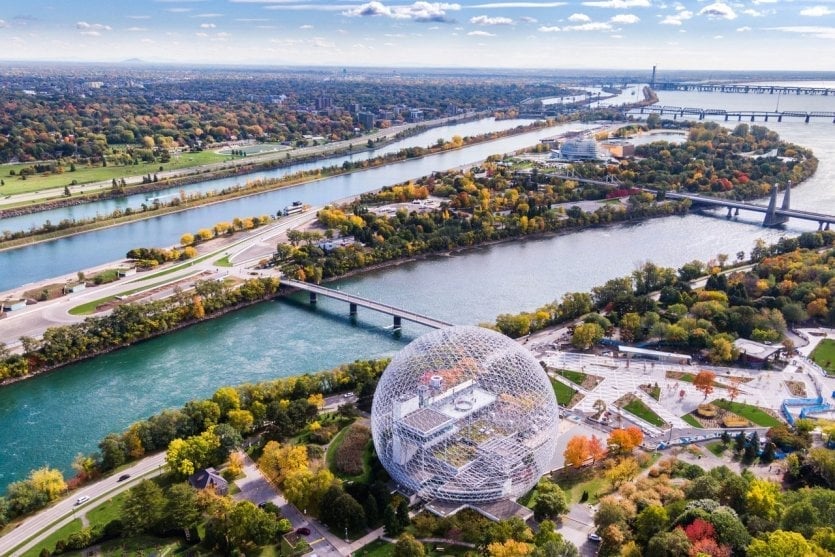
Both French-speaking and English-speaking, Montreal is above all a cosmopolitan city with an astonishing cultural mosaic. The fourth-largest French-speaking city in the world, it is the only city in Canada to have successfully blended Old World influences with North American modernity. Founded in 1642 on the site of the Amerindian village of Hochelaga, the city of Montreal is a historic site of French colonization of North America and the principal French city in North America. With over 1,600,000 inhabitants and a rich mix of immigrant waves, it has become one of the most culturally advanced cities on the North American continent. A vibrant and engaging city, it's easy to fall under the spell of its atmosphere, its colourful architecture, its green spaces and its many attractions. Museums, shows, concerts, festivals, trendy restaurants and crazy bars: it's impossible to get bored in the heart of La Belle Province, which always offers a warm welcome, even when temperatures hover around -35°C! The richness of its population also makes for an appreciated culinary diversity, with French bistros rubbing shoulders with Jewish delicatessens, Italian trattorias, steakhouses and Cantonese restaurants. Want to visit Montreal but don't have much time? No problem! Consult our guide What to see in Montreal in 3 days !
1. Old Montreal
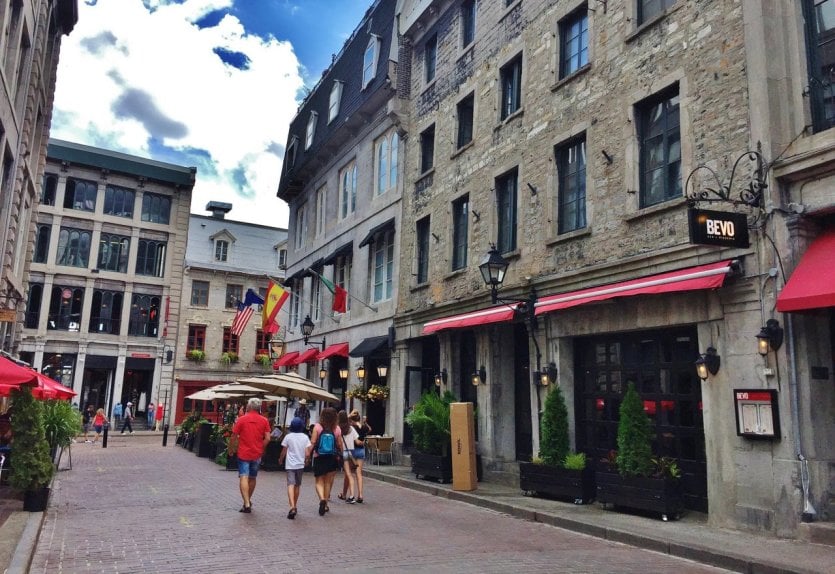
On the banks of the St. Lawrence River, Old Montreal is a picturesque district that reveals the historic face of the city. Winding cobblestone streets, church steeples, the quays of the Old Port and buildings dating mostly from the 18th century create a charming backdrop. For sightseeing, don't miss Château Ramezay, museums (including the famous Musée Pointe-à-Callière), public squares (Place d'Armes, Place Jacques-Cartier), Bonsecours Market, and the superb Basilica of Notre-Dame de Montréal. Numerous fashion boutiques, art galleries, cafés and trendy restaurants enliven the heart of the city. A must-see!
Would you like to discover Old Montreal on a guided tour? We recommend booking this tour : your local guide will show you the fascinating historical facts that have helped make Montreal the unique and diverse city it is today. He'll also tell you all you need to know about the city'sarchitecture, culture, food, art and anecdotes.
2. Notre-Dame Basilica
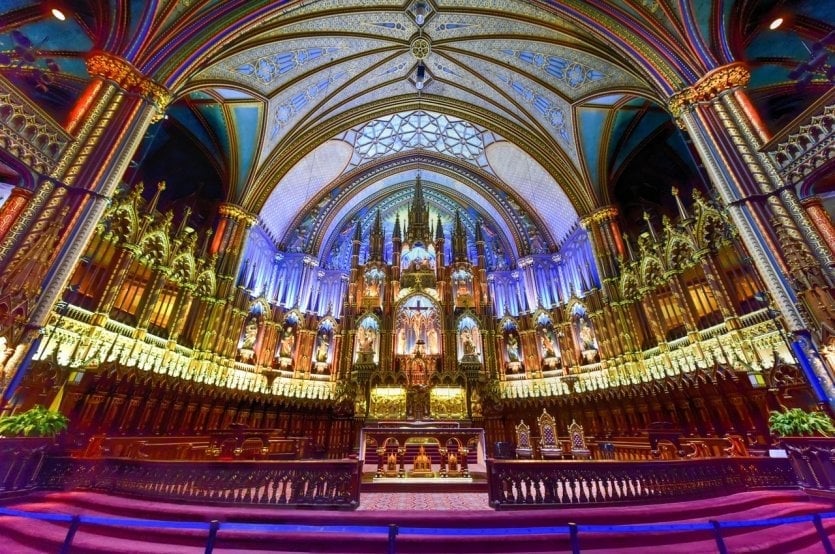
One of North America's most beautiful basilicas, without a doubt... Built in neo-Gothic style between 1824 and 1829 by an Irish architect who immigrated to New York, James O'Donnell, whose body is buried beneath one of the basilica's pillars, it has long been a beacon in Montreal's urban landscape, with its twin 68 m-high towers, Temperance and Perseverance. But it's also the interior decoration, with its paintings and stained-glass windows, designed by French architect Victor Bourgeau in 1876, that attracts the crowds: sculptures galore, woodwork and gilding, choir altarpieces, a particularly remarkable black walnut pulpit carved by Louis-Philippe Hébert, a monumental organ by the Casavant brothers of Saint-Hyacinthe, said to be one of the world's greatest organ concerts, a baptistery decorated by Ozias Leduc, beautiful stained-glass windows in the lower section, etc. And don't forget the highlight of the visit: the Basilica of Montreal. The highlight of the visit is the Sacré-Coeur chapel , rebuilt from the ashes in 1982, with its steel vault covered in limewood and its gigantic bronze altarpiece, a contemporary creation by Charles Daudelin.
If you'd like to admire the Basilica, we recommend this multi-stop bus tour, a unique way to discover Montreal and all its must-see places!
3. Mount Royal, for a breathtaking view of Montreal

Located right in the heart of the city, Mount Royal Park covers the eponymous mountain and offers residents a magnificent green space . Legend has it that the park's name was inspired by Jacques Cartier, who, after climbing the mountain, exclaimed in amazement: "It's a real mountain! Ideally located, two lookouts - one on the parking lot of voie Camilien-Houde and the other from the Chalet terrace (accessible only on foot) - overlook the downtown core and offer a breathtaking view of the expanse of Montreal. Among the park's many attractions are Beaver Lake, a sliding hill, historic monuments, and trails linking these attractions to the various entrances. Montreal's green lung, the park brings together walkers and cyclists during the summer months, and offers a wide range of activities, including a festival for tam-tam lovers. In winter, the trails are transformed into cross-country ski trails and the lake becomes a skating rink, next to the toboggan runs. Climb to the summit to reach the belvedere and enjoyone of the finest views of Montreal. On its northern slope is Saint Joseph's Oratory, Canada's largest church, topped by a 97-metre dome: the highest in the world after St. Peter's Basilica in Rome
4. Saint Joseph's Oratory
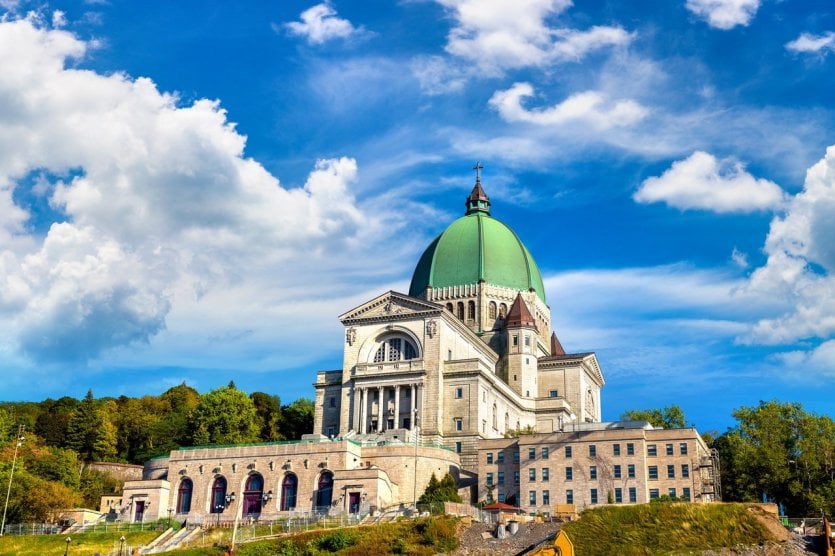
there's more to Montreal than Notre-Dame Basilica, and the proof is in the pudding!Saint Joseph's Oratory, built on the initiative of Brother André in the 1930s on the northwest flank of Mount Royal, attracts over 2 million visitors every year! The reason? This Catholic church capitalizes on its unique 60-metre-high internal dome, the third largest in the world after the Yamoussoukro Basilica and St. Peter's Basilica in Rome . Why Saint Joseph? Patron saint of workers, especially woodworkers, he is above all the model for husbands and fathers, and for pure souls in general. Several countries, notably Canada, have been placed under his patronage, and there are no fewer than forty parishes in Quebec bearing his effigy. The basilica stands 283 m above sea level, making it the highest point in Montreal. From Queen Mary Road to the basilica's portico, you can climb 283 steps, 99 of which are wooden prayer steps for pilgrims wishing to kneel.
4. Sainte-Catherine St., Montreal's commercial artery
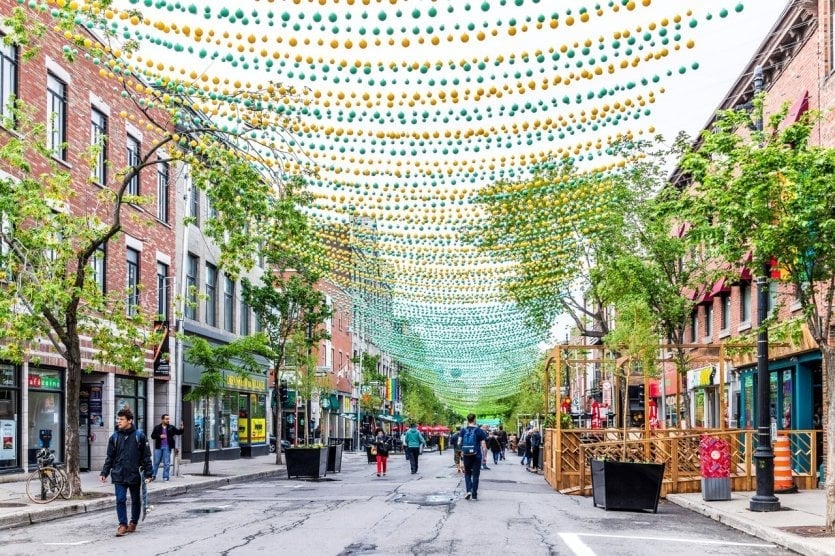
Stretching 11.2 km from east to west, Sainte-Catherine Street is the city's commercial artery, home to over 1,200 boutiques. Here you'll find the big names, as well as small local stores, bars, restaurants and constant hustle and bustle, day and night. Along the way, you'll come across the Place des Arts and the Forum (the former Montreal Canadiens skating rink). It's a cheerful, lively district with many restaurants, clubs and cabarets of all kinds.
5. Museums to visit in Montreal

As a cultural epicenter, Montreal boasts numerous museums and galleries to delight art lovers. The Musée des Beaux-arts is one of North America's most important institutions, with a collection of nearly 41,000 pieces. In addition to the fine arts, it covers a wide range of disciplines, from music and design to film and couture. The Musée d'Art Contemporain also features temporary exhibitions, revealing the artistic avant-garde in painting, video and performance.
6. Jean Talon Market
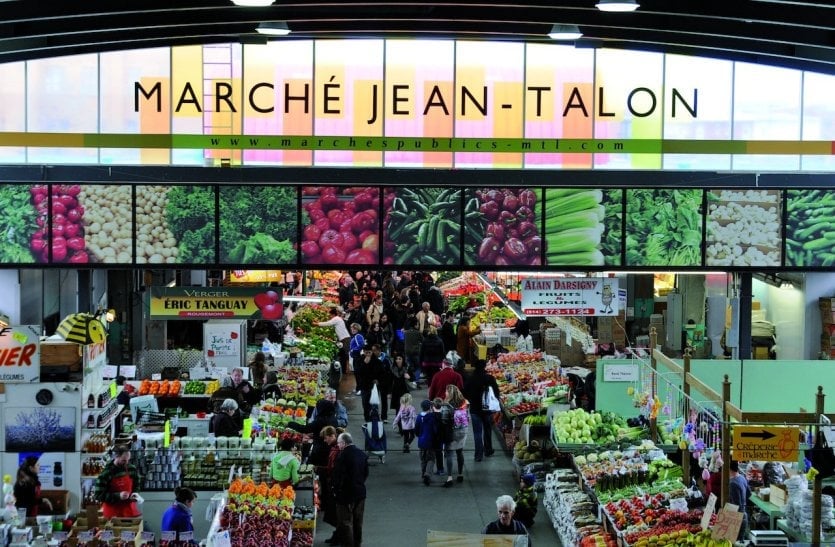
Located in the heart of Little Italy, Marché Jean-Talon is one of Montreal's oldest public markets , and one of the largest open-air markets in North America. Inaugurated in May 1933, it was originally known as the "Marché du Nord" before becoming the Jean-Talon Market in 1983, in honor of the first intendant of New France. What's so special about it? It brings together a plethora of local fruit and vegetable producers, from farmers to food artisans from all over Quebec. Open summer and winter, the atmosphere is that of a mini-village, a place that has managed to remain family-oriented and where customers and merchants know each other, which hasn't stopped it from expanding over the years. Today, you'll find specialty shops such as fishmongers, cheesemongers and butchers, as well as flowers, spices, oils and artisan bakeries, not to mention tasty local produce. The temple of fresh, artisanal products.
7. The Montréal Botanical Garden
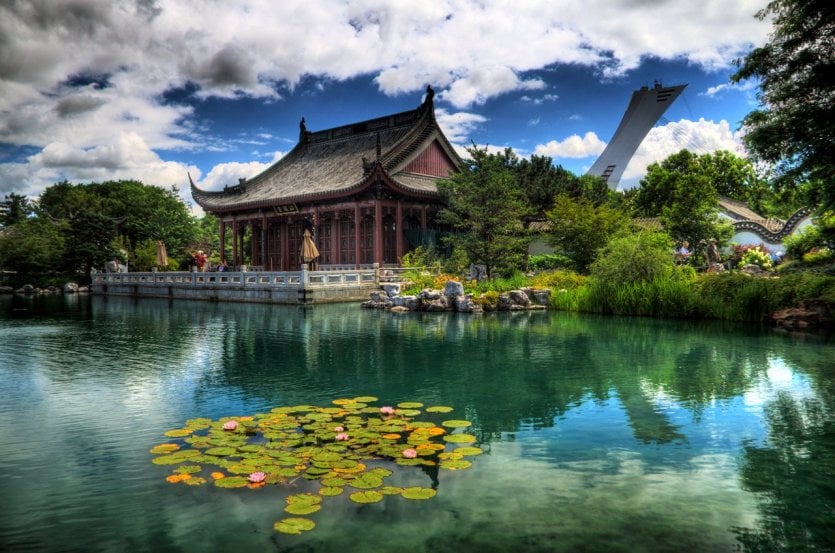
Considered one of the most important in the world, the Botanical Garden is a delight in the heart of the city. It boasts a magnificent collection of 22,000 plant species and cultivars. Covering 75 hectares, it features 10 greenhouses and 30 thematic gardens, including the largest Chinese garden outside China. You'll also discover the immense Arboretum, with its 7,000 trees and shrubs, and the 160,000 guests in the insectarium!
8. The Biodôme
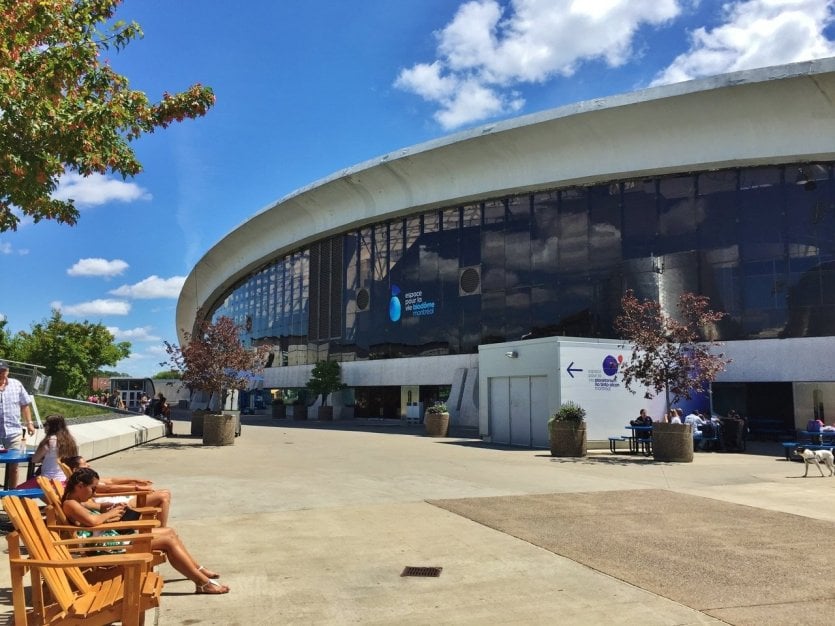
Part zoo, part aquarium, part nature reserve, Montreal's Biodôme is a "living" museum located in the former Montreal Velodrome, built for the 1976 Summer Olympics. The conversion to a "living" museum was completed in 1992 to mark the city's 350th anniversary. In this "space for life", the most diverse ecosystems in the Americas have been reconstituted: the St. Lawrence Gulf and estuary, the Laurentian maple grove, the tropical rainforest, and even the subpolar regions of the Labrador coast and the sub-Antarctic islands. The idea is to raise public awareness of the precariousness of our environment, with a view to preserving biodiversity and adopting responsible behaviour. Highly appreciated in all seasons, the "experience" of visiting the rainforest in the middle of winter takes on a whole new dimension. In contact with amphibians, reptiles, birds and fish in heavenly colors, you're likely to experience a spectacular change of scenery , and forget all about the cold outside. For those who want to see a beaver or a penguin, this is also the best (if not the only) place to go in Montreal. This visit is particularly suitable for families.
9. Olympic Park, the emblem of Montreal
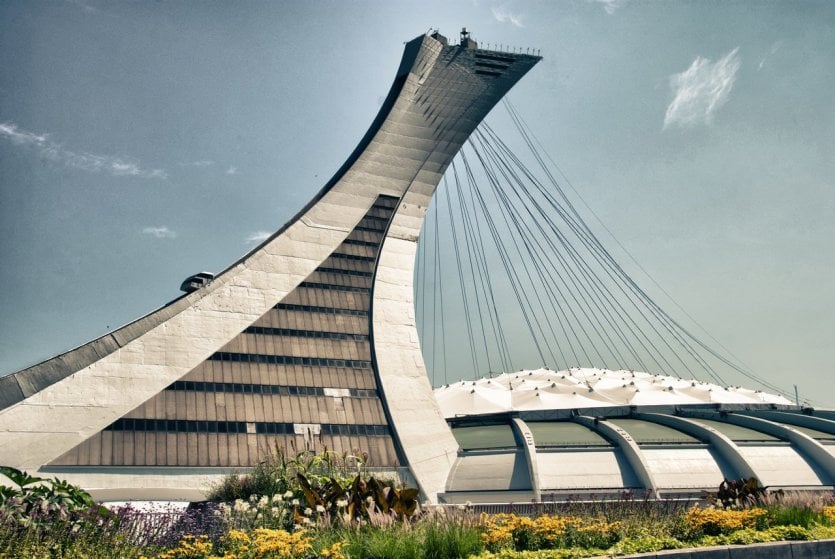
The pride and joy of Quebec: Montreal's Olympic Park, which hosted the 1976 Summer Olympics, is one of the city's most emblematic landmarks. For two weeks, the city was once again transformed into the capital of the world, just 9 years after the World's Fair. Although Canada's performance did not live up to the expectations of the event (it was, after all, a Summer Olympic Games), ranking 27th (out of 37!) with a total of 11 medals, 5 silver and 6 bronze, the population still has fond memories of the Games... The Sun Life Financial Esplanade and the Olympic Park, an atypical architectural ensemble comprising the stadium, the swimming center and the velodrome, all designed by French architect Roger Taillibert, were built. Most surprising of all is the Stadium Tower, the tallest inclined tower in the world, completed well after the Games, in 1987... Today, it's possible to visit the stadium and sports center, climb to the top of the Tour de Montréal for an exceptional panorama, and attend a host of events and shows, both in the stadium and on the newly redeveloped esplanade.
10. RESO, Montreal underground
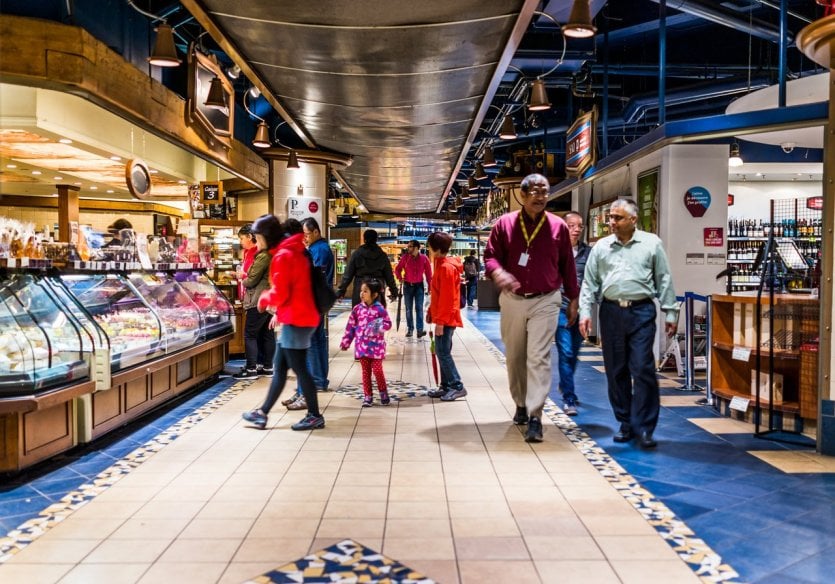
Under the cobblestones, a veritable underground city! RESO refers to the 32 kilometers of underground galleries that link downtown buildings. It has 190 access points and covers 80% of downtown's office space, connecting hotels, cinemas, universities, shopping malls, train stations... You can even walk through several neighborhoods without setting foot outside: during the winter months, some 500,000 people use it every day.
11. The Old Port
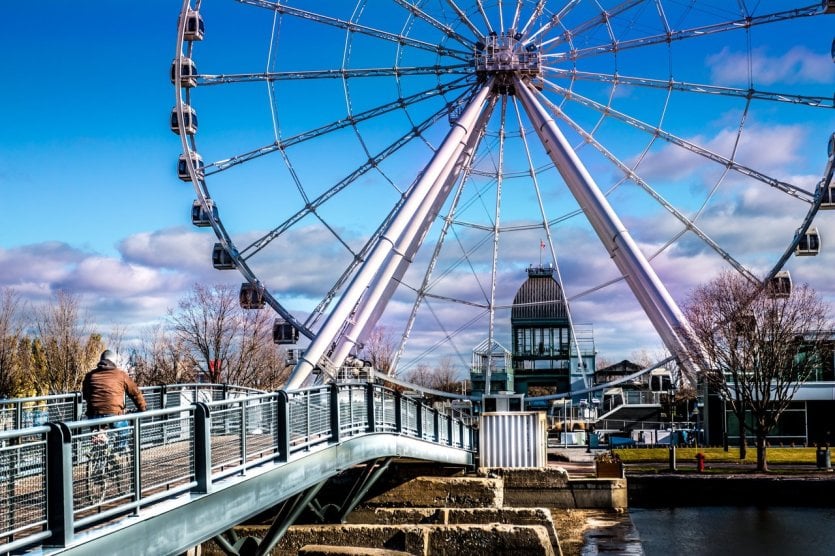
Once the lungs of the Canadian and Montreal economy, where the first settlers arrived in the 17th century, the Old Port has been converted into a 2.5 km recreational park, offering breathtaking views of the majestic St. Lawrence River and the islands of Parc Jean-Drapeau . Sports enthusiasts can climb the 192 steps of the Clock Tower for a breathtaking view. In summer, pedal boats, quadricycles and Segways are available for hire, as are cruises on the river and thrills on the Lachine rapids. During the cold season, a superb skating rink takes up winter quarters, along with the Symphonies portuaires and amazing activities such as ice fishing. The quays are always bustling with activity, with Igloofest, New Year's Eve celebrations, Canada Day and the International Reggae Festival.
And don't forget to take a ride on the Montreal Ferris Wheel - the tallest installation of its kind in Canada - which gives you a 60-metre view of the city.
13. Place des Arts in Montreal
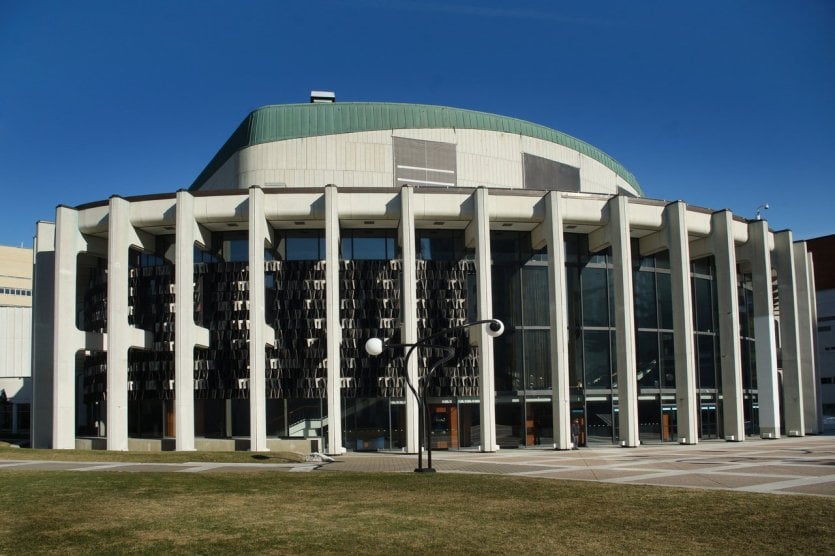
Ideally located in the heart of Montreal, Place des Arts is Canada's largest cultural complex. It houses 5 performance halls with a total of 6,000 seats, including the famous Théâtre Maisonneuve. It's best known as a gathering place for festival-goers young and old, with the Francofolies and the Festival international de jazz, for example. In the mid-1950s, the Place des Arts project was born of Mayor Jean Drapeau's desire to revitalize the downtown core. With the specific ambition of giving a prominent place to the performing arts associated with Montreal's French-speaking society . This was the era of such large-scale complexes as Lincoln Center in New York. Inaugurated in 1963, the Grande Salle (now Salle Wilfrid-Pelletier) welcomed the greatest artists, theater troupes and dance companies. Four years later, the Maisonneuve and Port-Royal halls (today Théâtre Jean-Duceppe) were inaugurated. Next came the Théâtre du Café de la Place (now Studio-théâtre), transformed into a café-théâtre in 1978, then dedicated to French chanson, and the Cinquième salle, opened in 1992.
14. Parc Jean Drapeau
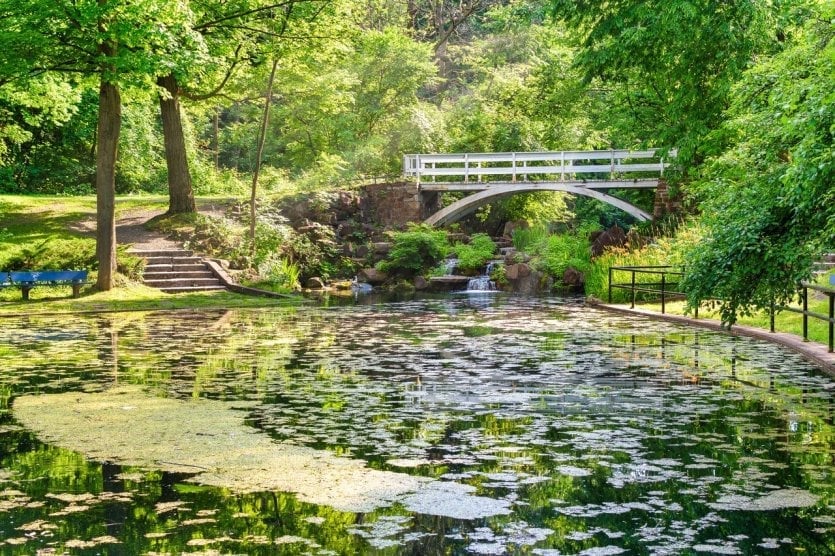
Parc Jean Drapeau is divided into two islands, each with its own distinct atmosphere. Île Sainte-Hélène, with the St. Lawrence River running through it, boasts many points of interest: the Biosphère (Environment Museum), the Stewart Museum (History Museum), the lakes (Lac des Cygnes, to the south, and Lac des Dauphins, to the north), the marina and La Ronde amusement park. But above all, it's the city's liveliest place, with the Loto-Québec International Fireworks Competition setting the island ablaze in summer, the Piknic Electronic festival every Sunday from May to the end of September, and the Fête des Neiges in winter, a festive event for the whole family.
There's a change of scenery on Île Notre-Dame, artificially created for Expo 67, where you'll find the Olympic Basin, the Gilles Villeneuve racetrack on which the Formula 1 Grand Prix is held in June, the superb Floralies gardens, a pleasant beach for swimming, not to mention the famous casino. The park also offers cross-country ski trails, skating rinks, rowing championships and outdoor events, summer and winter alike.
If you're planning a visit to Montreal, we recommend you watch the Montreal Canadiens! Click here to find out more !
What to do around Montreal
Around Montreal, there are many interesting activities and destinations to discover. Here are just a few suggestions:
- Visit Mont-Tremblant National Park. Located about 1h30 from Montreal, this park offers superb scenery, hiking trails, lakes and activities such as canoeing, kayaking, mountain biking and skiing in winter.
- Explore the Eastern Townships. This picturesque region is about a 1 to 2-hour drive from Montreal. Here you can discover charming villages, vineyards, cider-tasting tours, hiking trails and spas.
- Discover the Laurentians. Located north of Montreal, this region offers magnificent mountain scenery, lakes and forests. Here you can enjoy outdoor activities such as hiking, biking, kayaking, downhill and cross-country skiing. Would you like to spend an unforgettable day in the heart of the splendid Laurentian Mountains? Click here to book your excursion!
- Take an excursion to Quebec City. Explore Quebec City and Montmorency Falls on a day trip from Montreal you can book here. You'll discover the narrow streets, steep hills and history of Quebec City's old town, and enjoy extraordinary views of the impressive Montmorency Falls
Where to go for an evening stroll in Montreal?
Without hesitation,Old Montreal! Montreal's historic district is magnificent in the evening. You can stroll along the cobblestone streets, admire the ancient architecture, enjoy the restaurants and lively terraces, and even take a romantic stroll along the Old Port. The bohemian Plateau-Mont-Royal district is also renowned for its lively streets, eclectic boutiques and numerous cafés and restaurants.
Where to go out at night in Montreal?
If you're looking for a festive atmosphere in the heart of the city, head to McGill Street. It's packed with a variety of bars, some with outdoor terraces. Then don't miss Crescent Street, famous for its Irish-style restaurants, discos and pubs.
Where to stay in Montreal?
Montreal offers a wide variety of accommodation options to suit all tastes and budgets. We recommend staying in downtown Montreal. Here you'll find numerous hotels in various price categories, from luxury establishments to more affordable hotels. It's also a great starting point for exploring the city's tourist attractions . Here are our 3 favorite establishments!
- The best location
The big plus of the Holiday Inn Montréal is its ideal location. It's within walking distance of the Old Port (Montreal's liveliest night spot), as well as the metro, Chinatown and Notre-Dame Basilica. Book your room in just a few clicks right here!
- The design plus
Le Germain Montréal's originality lies in its marvelous simplicity. The concept: a design hotel that adapts to new trends, beautiful, zen and comfortable. Pure luxury, without the glitz. Click here for hotel availability!
- The most luxurious
Ideally located in Old Montreal, the Hotel Intercontinental Montréal offers quality rooms and friendly service. Choose an upper floor room for a breathtaking view of the river and the city. Click here to reserve your room!


